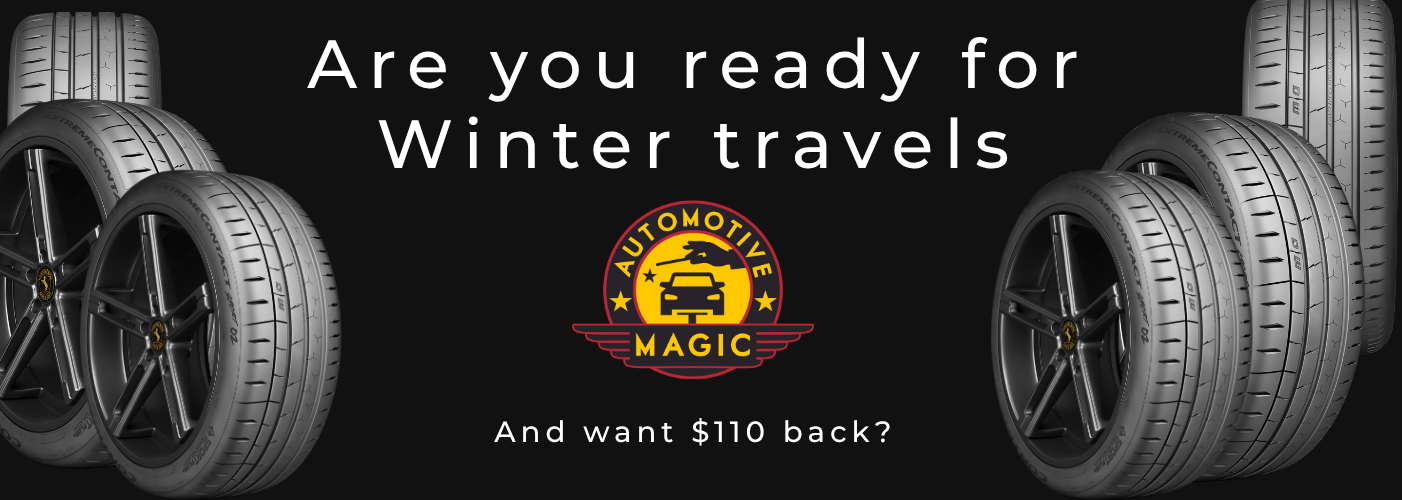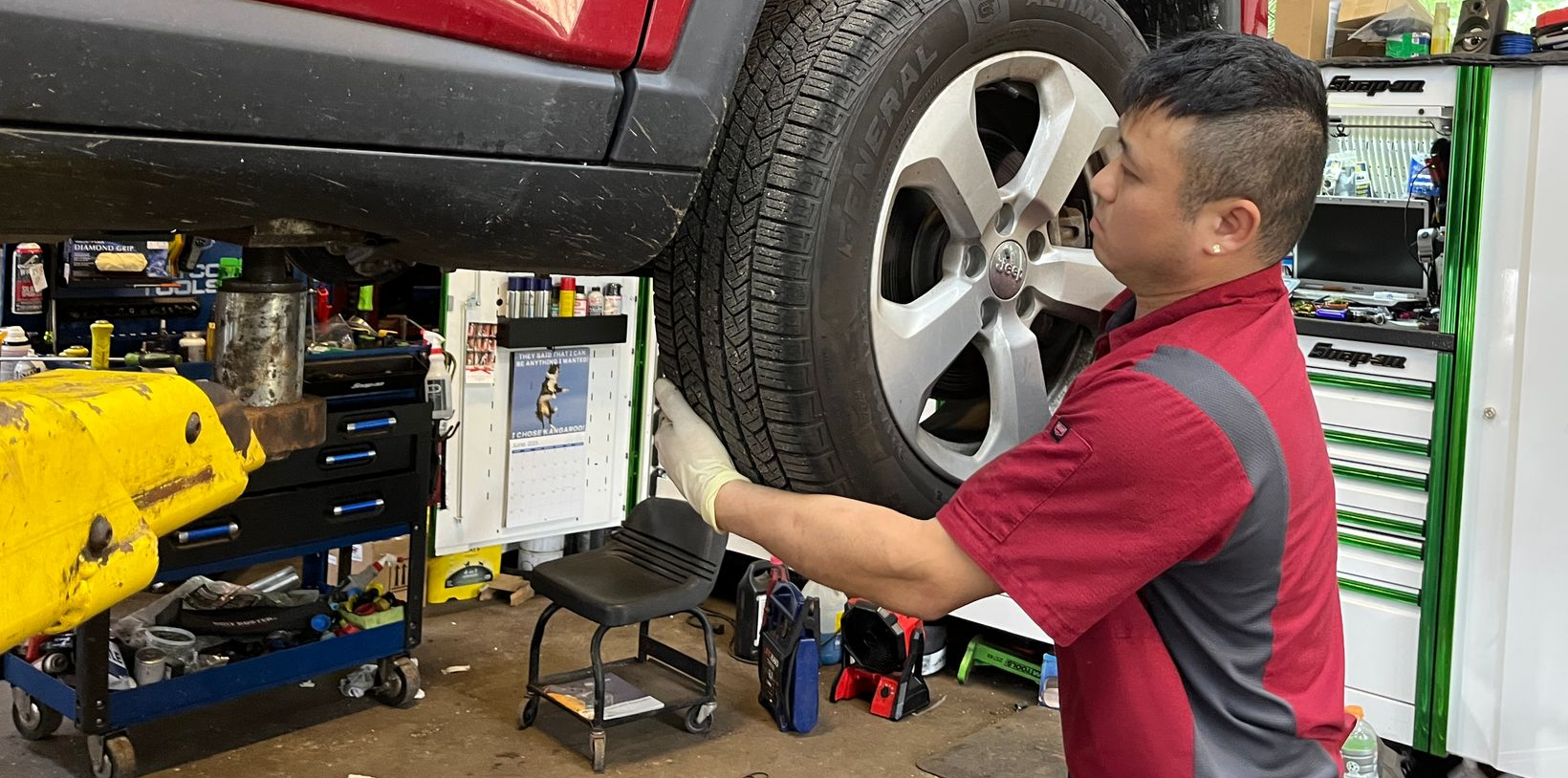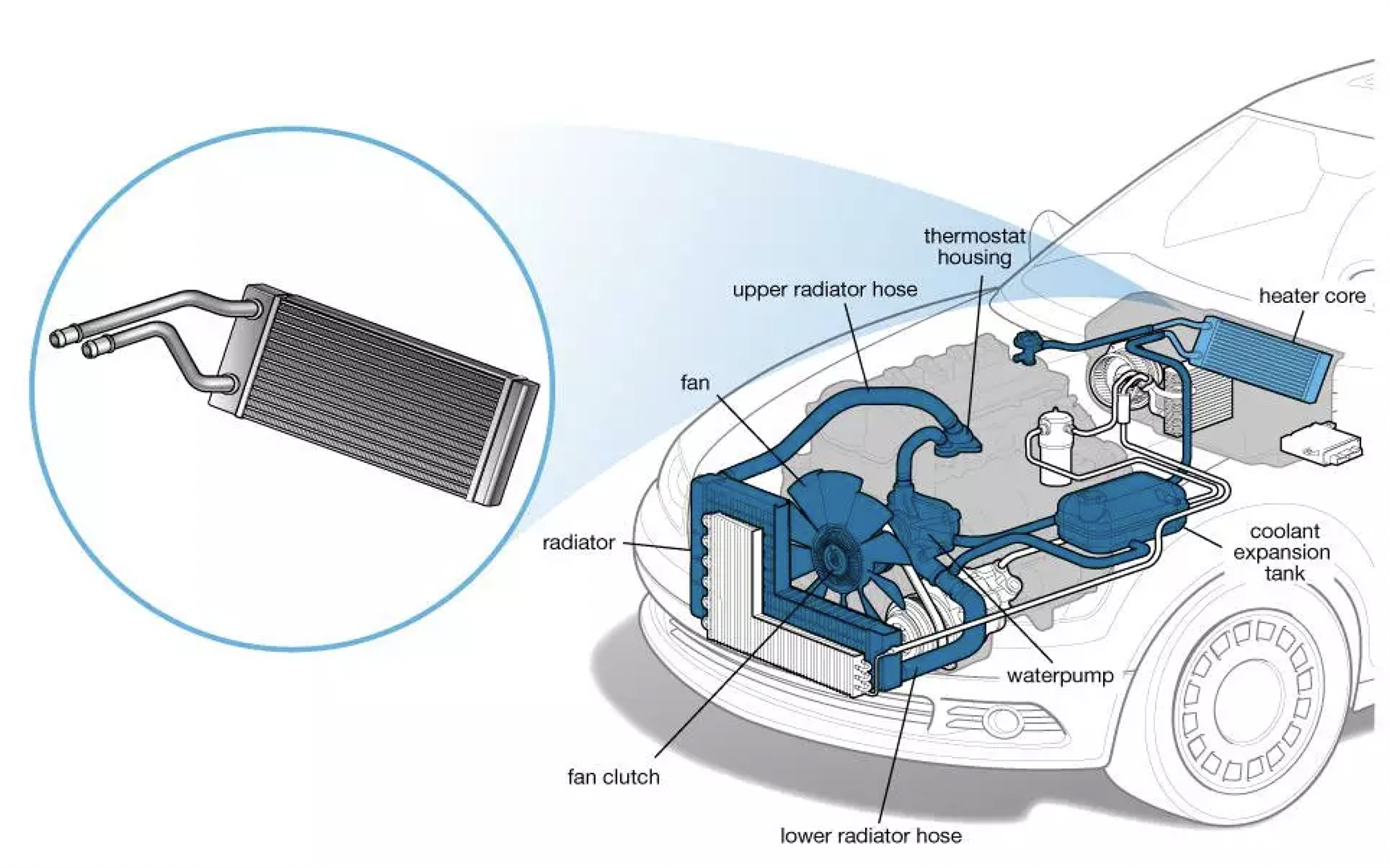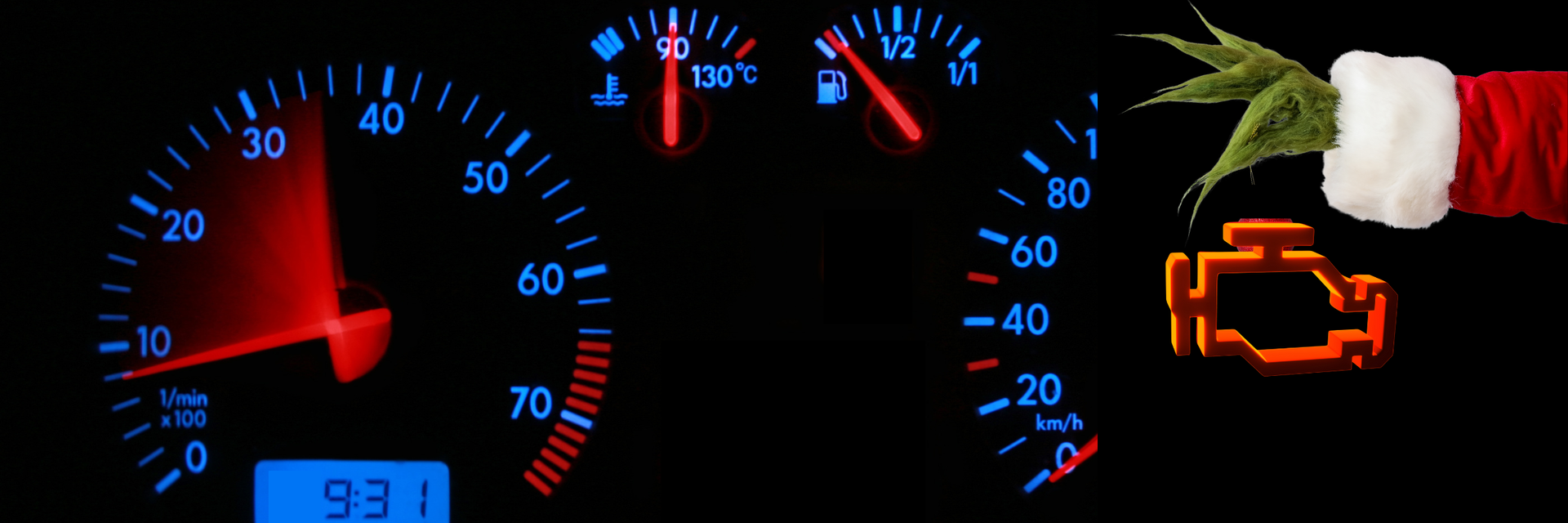Why Doesn't My Heat Work?
Just imagine winter is here, you go outside in the morning to start your car and let it warm up before you head out to start your day. You walk back outside and get in your car only to find cold air blowing out of your vents. “Ughhhhh, why is my car not warming up!?” Our team at Automotive Magic/Magic Lube & Rubber knows there could be a couple of issues that could cause your car to blow cold air instead of heat. Things such as low coolant, a broken blend door, or a stuck open thermostat could all be the culprits of having no heat. But the one we will be focusing on today is heater cores. While often overshadowed by its larger counterpart, the radiator, the heater core plays a vital role in ensuring your car's interior is a comfortable haven when temperatures plummet.
Heater Core Function
Now you may be wondering, what exactly is a heater core and what job does it perform? Here are some of the basics. Imagine the heater core as a compact sibling of the radiator, both essential components in your car's cooling and heating systems, respectively. Unlike the radiator, which cools the engine coolant, the heater core utilizes the heat from the hot coolant to warm the interior of your car. As your car's engine warms up, the antifreeze/coolant absorbs heat and is circulated by the water pump. The thermostat maintains a constant temperature, ensuring the coolant doesn't reach boiling point. It then passes through the main radiator to cool down. However, when you turn on the car's heating system, a valve opens that allows hot coolant to flow into the heater core (on some cars), or a door is opened to direct air through the pre-heated heater core. With the coolant reaching temperatures of around 200 degrees, the heater core can swiftly deliver a substantial amount of hot air, keeping your feet warm or defogging the windshield efficiently.
Signs of an Issue
Is there any way to tell if my car has a heater core issue or may develop one in the future? If your heater core is developing an issue or already has one, obviously the biggest thing you will notice is the lack of heat in your car. In some cases, you may notice that the vents on one side of the car are blowing warmer air than on the other side, or you may catch a whiff of the sweet fruity smell of coolant if the core is leaking. In others, the heat may be warmer while accelerating as more pressure from the water pump pushes the coolant through the heater core. While these kinds of problems can arise in any car, we want to mention that we have seen quite a few Dodge Rams in for heater core issues which we will get deeper into later in the blog. Whatever the case, it is important to get the issue addressed quickly to prevent further damage and so you’re not cold, of course.
Causes
A heater core issue can develop due to various factors and understanding these causes can help car owners take preventive measures. A heater core will stop working efficiently when coolant can no longer flow through it freely. Most of the time this will happen due to a clog in the core itself or less commonly, from a leak. Here are some common reasons for heater core clogs:
Improper Coolant/Coolant Quality:
Using the proper coolant in your vehicle is extremely important. Use of the wrong coolant can cause corrosion within the cooling/heating system. The quality of the coolant used in the vehicle is important too. If the coolant is not changed or flushed regularly, it can break down and form deposits. Over time, these deposits can accumulate in the heater core, causing a blockage.
Air Pockets in the Cooling System:
Air pockets can form in the cooling system during coolant replacement or due to leaks. These air pockets can hinder the proper flow of coolant through the heater core, leading to insufficient heating and potential blockages.
Corrosion and Rust:
Heater cores are often made of materials like aluminum or brass, which can corrode over time. Corrosion produces rust particles that can circulate through the cooling system and settle in the heater core, creating a blockage. This is more common in older vehicles or those driven in harsh environmental conditions.
Use of Stop Leak Additives:
Some car owners may use stop-leak additives in an attempt to fix coolant leaks. While these additives can seal small leaks, they can also contribute to clogs by forming deposits in the heater core. It's generally advisable to address leaks with proper repairs instead of relying on additives.
Contaminants in the Coolant:
Contaminants such as debris, dirt, or scale can find their way into the cooling system. Over time, these particles can accumulate in the heater core, obstructing the flow of coolant and reducing its efficiency in transferring heat.
Failure to Flush the Cooling System:
Regular maintenance, including flushing the cooling system, is crucial for preventing clogs. If the system is not flushed at recommended intervals, old coolant and debris may linger, increasing the likelihood of heater core blockages.
External Debris:
Leaves, twigs, or other debris can enter the external air intake vents of the car and make their way into the heating system. Over time, these foreign objects can accumulate in the heater core, impeding the flow of coolant.
Sometimes if the heater core is clogged badly enough, there is a chance it may burst from the pressure of the cooling system. When this happens coolant will leak into your interior from the core and the core will need to be replaced. Corrosion may also cause your heater core to leak. Touching back on those Dodge Rams: we believe we are finding more problems with the heater cores in these due to the way they are designed. The core used in the rams is a parallel flow core, meaning the water comes into the top and down multiple channels to the bottom. Most cores are serpentine flow which provides equal pressure and flow across the entire core. The parallel flow cores tend to clog more easily, causing more problems.
The Fix/Maintenance
Depending on the condition of the heater core, there are a couple of different routes that can be taken to get your heat back. If it is not leaking and in absolute need of a replacement, we recommend trying to flush the core out before replacing it as a more economical option. Flushing the heater core can help clear a clog and restore heat in your vehicle. It is a cheaper alternative to replacing the core, HOWEVER, there is no way to guarantee a fix with a flush. A flush will remove some of the sludge in the system but it is nearly impossible to remove everything and it is likely to clog again at some point. Sometimes the clog can not be cleared and the core needs to be replaced. A leaky core must be replaced for a proper fix. Unfortunately, the location of the core is what makes this such a dreaded job for many. It is between the firewall and the dashboard, so it requires the dashboard to be completely removed in most cases. It is usually a time-consuming and expensive job, which is why we recommend trying a flush first if possible. If a flush works and the vehicle regains heat, it is important to continue to flush it routinely to avoid this issue again in the future. Lack of flushes and proper maintenance is the largest factor in why these problems occur.
Proper maintenance should include:
- Regular coolant flushes to clear up sludge and buildup in the system.
- Make sure your vehicle has the correct amount of coolant.
- Make sure your vehicle has the proper type of coolant. Improper coolant can cause corrosion. A quick Google search or phone call to an auto parts store will tell you what kind of coolant your vehicle needs.
Checking coolant quality for contaminants and making sure it is properly mixed with water. It should be a 50/50 mix. These simple steps will prolong the life of your cooling/heating system and keep your radiator and heater clean and free from clogs and buildup.
Facing winter with a malfunctioning heater core is far from ideal. It may be a smaller counterpart to the radiator, but its role in keeping you warm is unquestionable. With proactive maintenance and prompt attention to signs of trouble, you can help ensure that your car's heater core remains a reliable companion, providing warmth and comfort even in the coldest of seasons. We hope this clears up any questions and informs you a little bit more about these heater core issues we have been seeing.
If you have any further questions or are experiencing a problem, give us a call. We’re happy to help. Stay warm, stay informed, and let our team at Automotive Magic/Magic Lube & Rubber help guide you through the winter warmth dilemma… or with any problems you’re experiencing!

Shawn Gilfillan is the dedicated owner of Automotive Magic in Kenvil, NJ. With over two decades of experience, Shawn has led his team in providing expert auto repair and service since 2003.
In 2022, Magic Lube & Rubber was born in Lake Hopatcong, NJ. Committed to fostering strong community ties and supporting team development, Shawn prioritizes customer satisfaction above all. As a proud family man and long-time resident of Roxbury, NJ, Shawn brings a blend of professionalism and warmth to his business.
Trust Shawn and his team for all your automotive needs with confidence and assurance.













